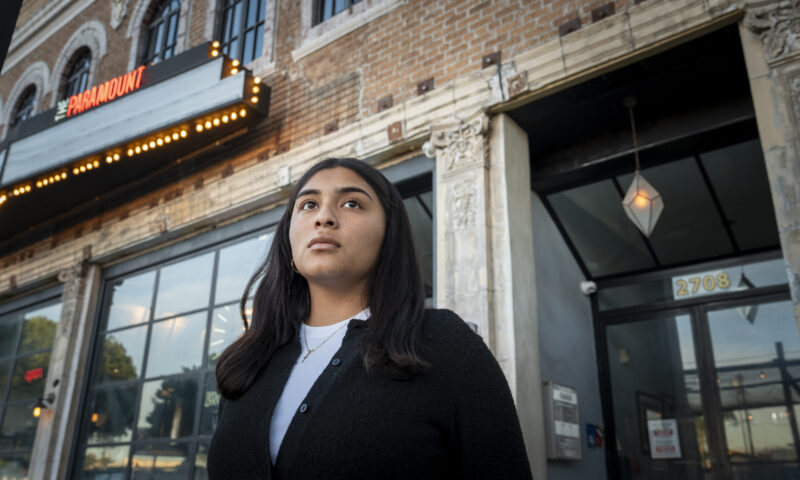
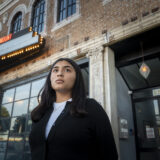
From a small station in Los Angeles’ Boyle Heights, 18-year-old Kennia Camacho talks with teens about anxiety, stress and depression. We should listen.
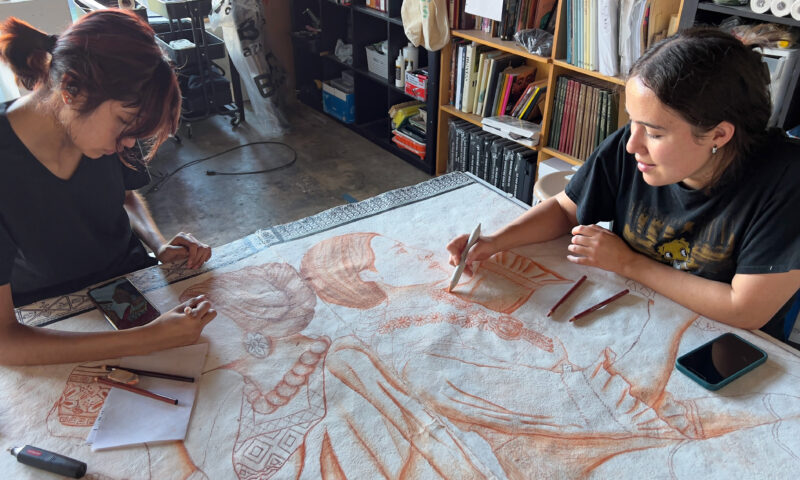
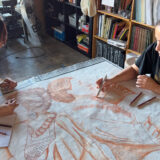
Painting a mural charting the native origins of chocolate teaches teens how excess sugar and food additives drive health problems in their community.
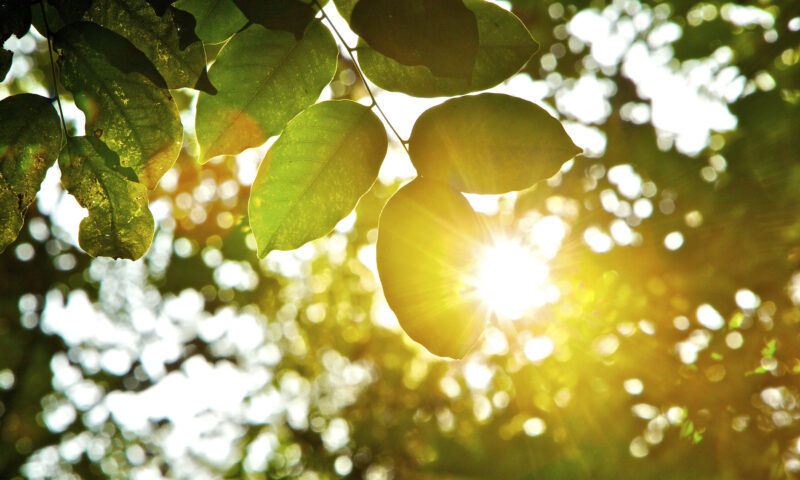

After the hottest summer on record, officials vow again to make the city’s tree cover more equitable.
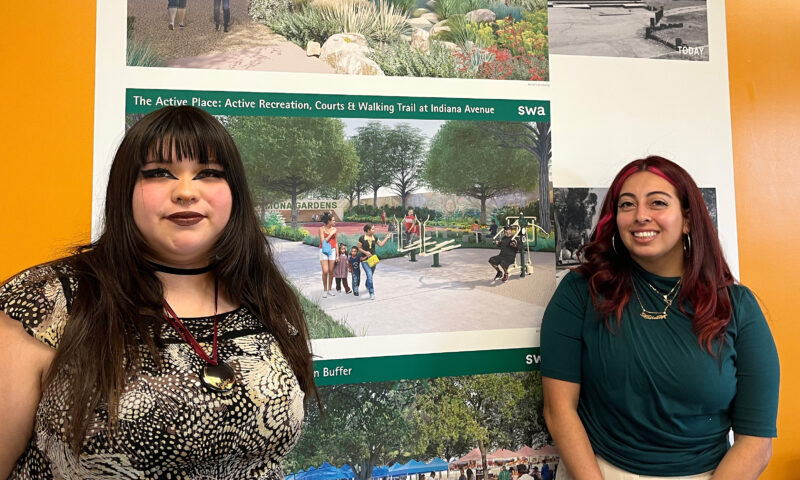
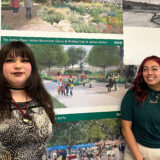
Ramona Gardens residents decided years ago that their health was not a luxury, and they are pushing for what they deserve.
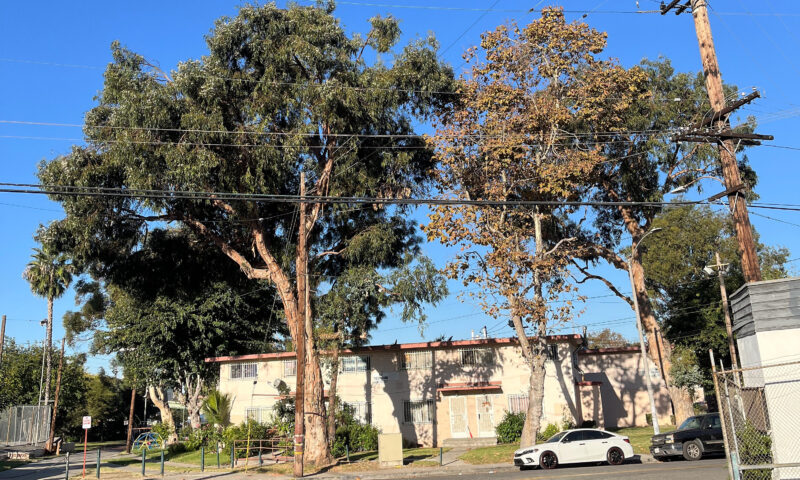
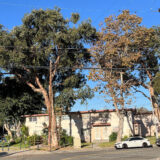
California cities have the least urban tree canopy in the U.S. A Los Angeles housing project shows how residents can transform their environment — if they can get support.
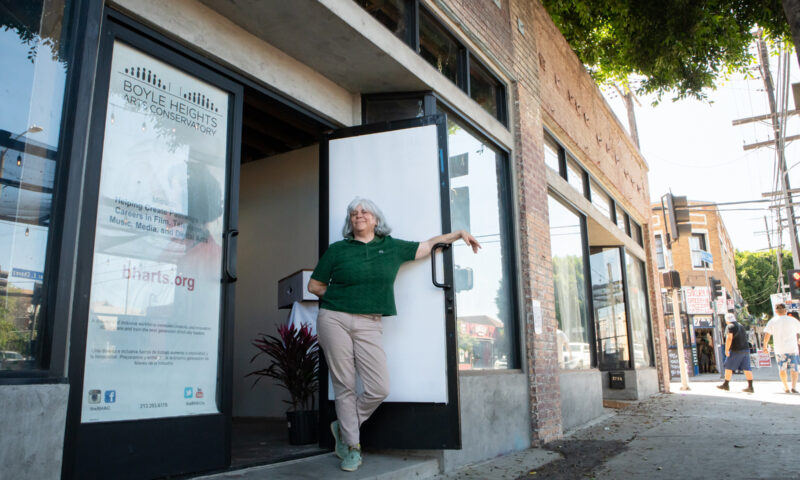
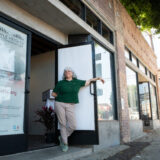
Low-income neighborhoods are often dangerously hotter than wealthier areas. At “resilience hubs” there is shelter to survive, with programming for communities to thrive.
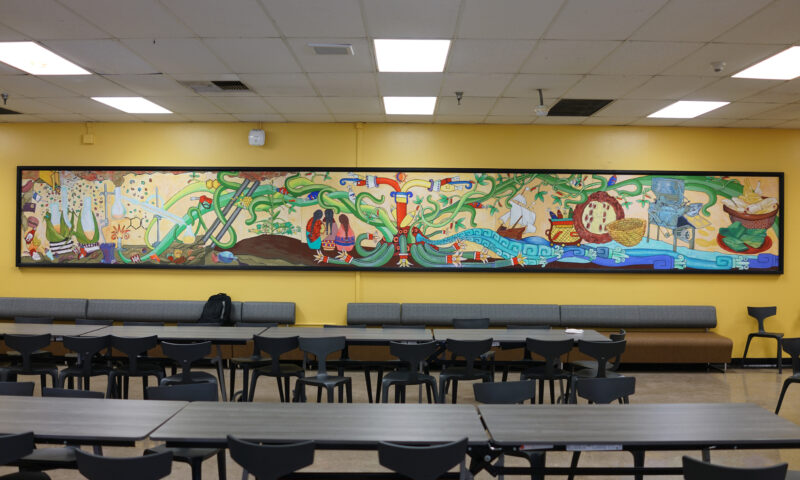
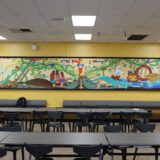
At Roosevelt High School in Los Angeles, an ambitious art project aims to get students thinking critically about food.
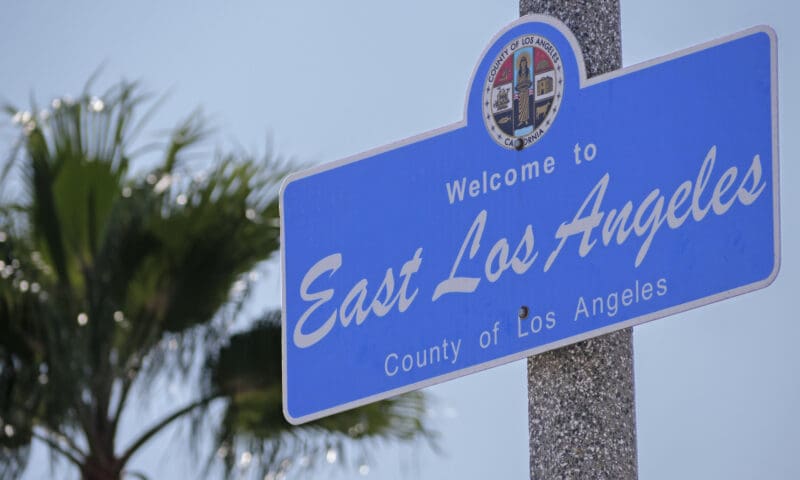
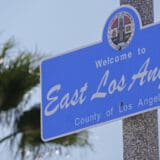
Access to credit and the right zip code are often gateways to success for small businesses.
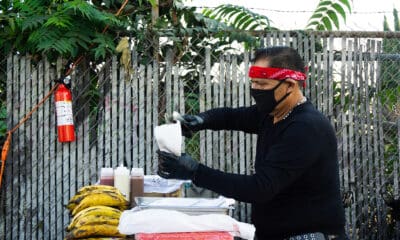
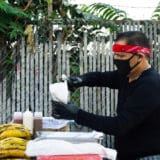
Co-published by L.A. Taco
Nearly a year after Los Angeles began permitting street vendors, they are stuck between an expensive, complex permit system and the devastating penalties that come to those without a license.

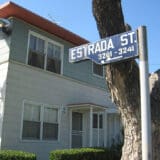
Los departamentos (Estrada Courts) continúan sin salida de la zona de contaminación, sin embargo, el estado no ha examinado la posible presencia de plomo en esas casas.


Estrada Courts sits within the Exide contamination zone, but the state has yet to test the homes there for lead.
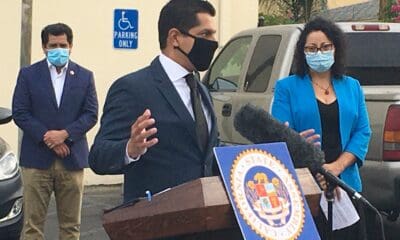
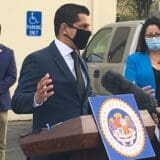
Co-published by L.A. Taco
In the wake of Exide’s bankruptcy filing, questions arise about the state’s missed opportunities to secure recovery costs from Exide.
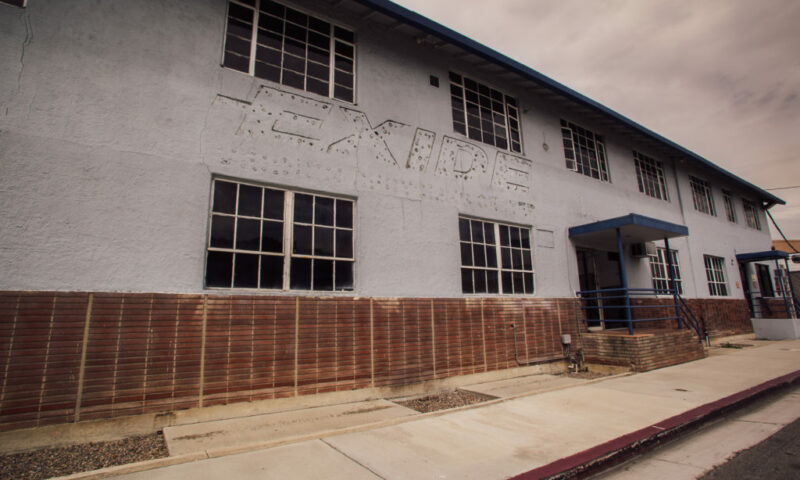
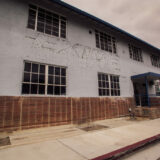
The five-year cleanup of a lead-contamination zone is a story of confusion, shifting goalposts, missed deadlines and bloated budgets.
Co-published by KPCC
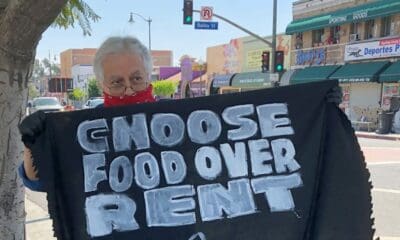
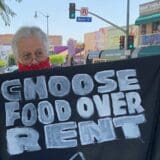
“I’m here fighting for my community,” said Eva García, who had come to a Food Not Rent protest in Boyle Heights.
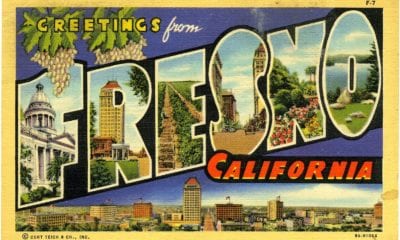
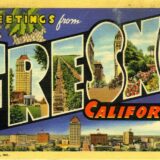
Among other criticisms, the African American Acceleration task force noted Fresno Unified’s suspension rates for black students — which are twice that of other groups and rising.


Evelina Fernández’s poignant new play, set in 1968, focuses on a Boyle Heights mother in a world gone awry.
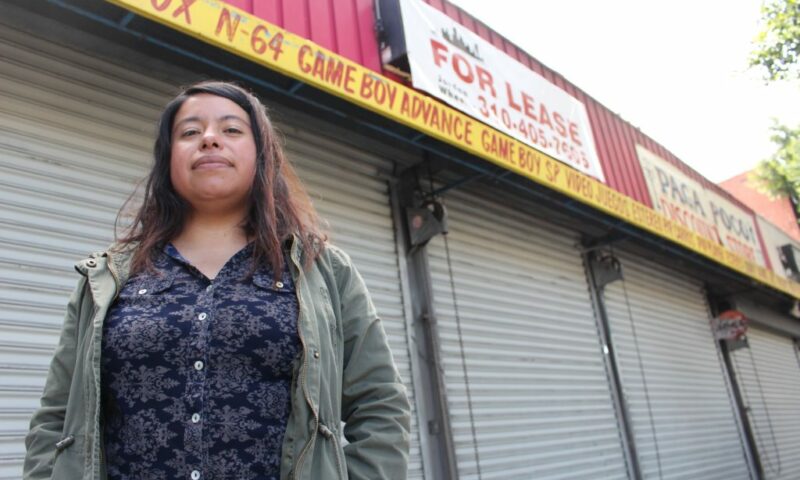
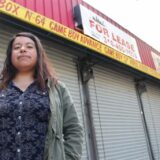
Defend Boyle Heights’ Nancy Meza has brought her anti-gentrification workshops to Chicago and New York. Residents from South Los Angeles to Orange County have asked for similar training.
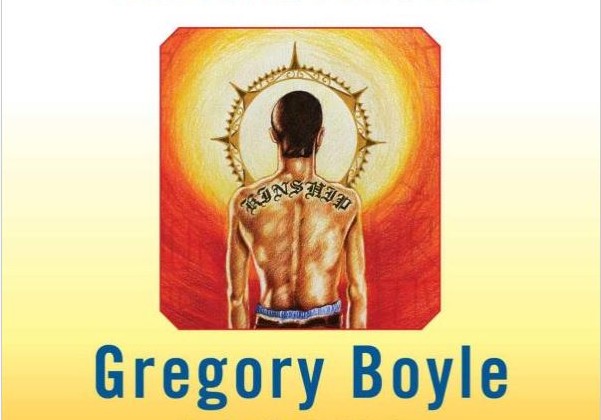

Fr. Gregory Boyle’s book includes stories of young parents who have figured out how to manage jobs and child care, and enjoy their kids even if the parents themselves didn’t have much of a childhood.


Billed as the area’s first 100 percent solar-powered festival, EastSide Sol heated up Mariachi Plaza in Boyle Heights on Saturday. Under the scorching sun, activists, residents and community leaders gathered to explore how low-income and minority communities like theirs can be part of the growing green economy.
On the surface, EastSide Sol was a festive celebration. The crowd danced to funky live music by pan-Latin band Buyepongo, ate taquitos and pupusas provided by neighborhood restaurant Un Solo Sol and enjoyed live mural painting by Self-Help Graphics. But at the event’s core was a conversation about economics and the environment, and how to deal with the increasing realities of climate change.
In City Council Member Jose Huizar’s opening remarks to the crowd, he said “Oftentimes in the environmental movement, when we’re looking to preserve our planet, our earth and find alternative forms of energy, the Eastside is left out of the discussion.” The need to include low-income and minority areas in environmental efforts was an ongoing theme of the day.
» Read more about: Solar-Powered Festival Heats Up Boyle Heights »
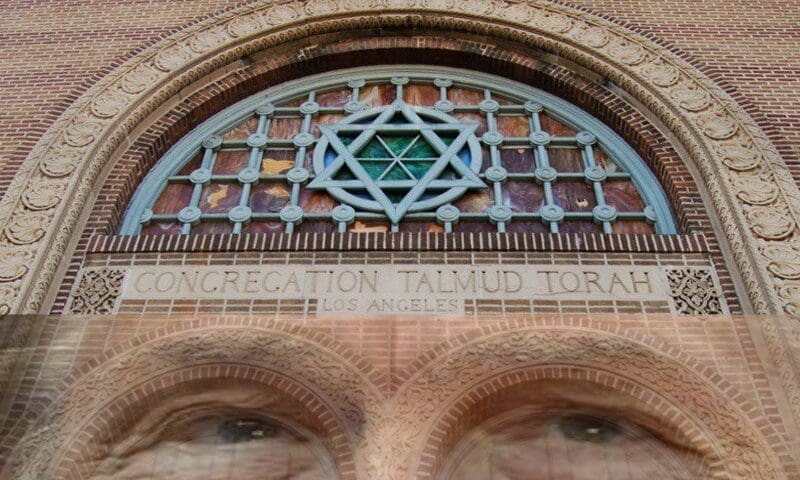
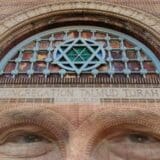
My mother went to high school in the early 1950s with Donald Sterling — known in those days by his given name, Donald Tokowitz — but doesn’t remember a thing about him. This could be because Tokowitz was one among hundreds of students at Roosevelt High, but perhaps it was an early metaphor for the future real estate tycoon being a generational anomaly.
By the time she got to Roosevelt, my mom — like Sterling, a child of Jewish immigrants — was steeped in the leftist politics of L.A.’s legendary Eastside neighborhood, Boyle Heights. With sizable numbers of Jews, Latinos, African Americans and Japanese, Boyle Heights was a working class ethnic melting pot in an era when all minorities were subject to varying degrees of the prevailing discrimination targeting anyone who wasn’t white and Christian.
It was also a hotbed of liberal and radical social movements, and the staging ground for some of L.A.’s most effective progressive organizing.